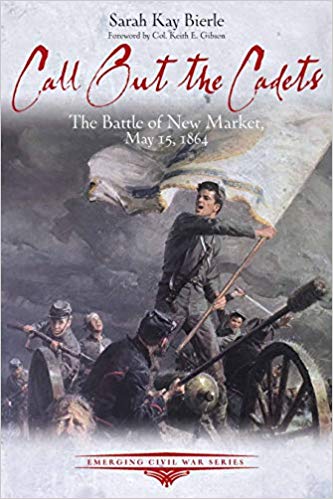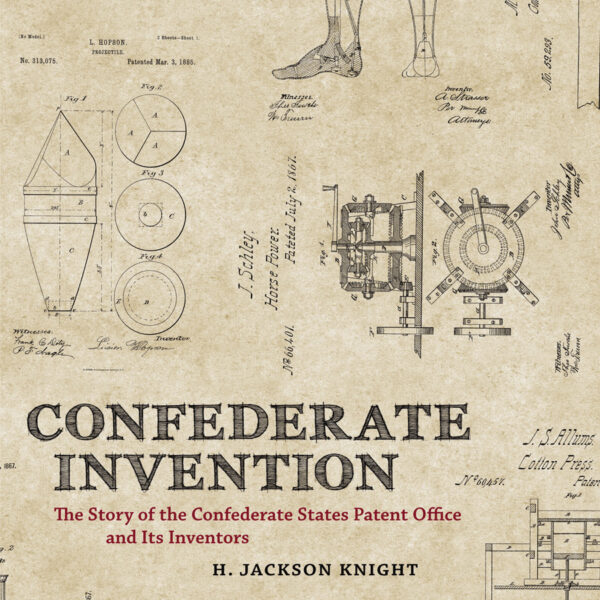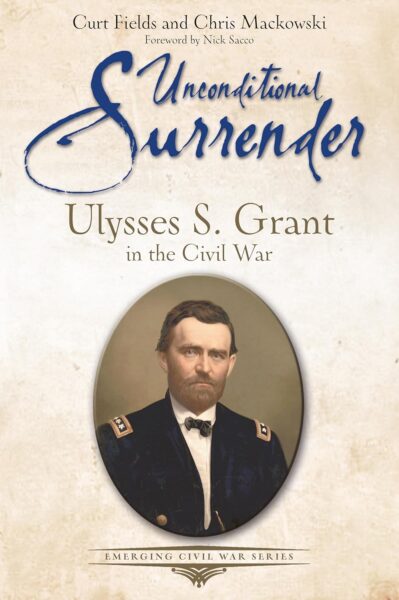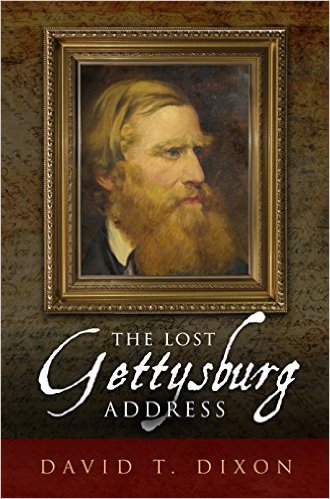Corruption in government and business remains a remarkably neglected aspect of the study of war. The unstated assumption behind this relative unconcern regards these impacts as collateral damage unworthy of attention or, at least, something from which as society rapidly recovers, snapping back into “normalcy” after the war’s end. However, if the subject remains too elusive for serious discussion in the age of Haliburton, nailing it down in the Civil War years adds entire new layers.
Since half the chapters of Michael Thomas Smith’s The Enemy Within appeared, in part, as distinct articles in different journals, the book represents a collage of sorts, of which we could consider the merits of each component independently. This temptation is greater in that parts of The Enemy Within also proposes to fit its argument into what the author sees as a larger debate over modernity, and to refine issues of masculinity among those nineteenth century warriors. However, Smith clearly states his unifying argument that irrational fears of corruption, fueled by Christian millennialism, “hampered the Union war effort, so too this fixation would undermine the North’s effort at reconstructing Southern society and state governments following the war” (177). While it acknowledges the reality of corruption, the focus of Smith’s book is, as stated: Fears of Corruption in the Civil War North. This follows a general drift in the study of history from examining the relations of power to discussing our perceptions and feelings about power and the construction of identities based upon it.
Smith’s identification of three foci of fears organizes The Enemy Within into asymmetrical parts, each respectively of one, two and three chapters. Fears that corrupt practices by employers gave rise to a “shoddy aristocracy” in the private sector occupies the first. Corruption in the military provides two chapters on “power-hungry generals,” Benjamin F. Butler and John C. Fremont, “political generals” who drew heavy fire from Democrats for corruption in their management of New Orleans and St. Louis. A full three chapters—half the book—addresses the government proper, discussing the 1864 Treasury scandal, recruitment questions, and the cotton trade.
The Enemy Within attempts, in a very small book, to address an issue pervasive in our history. Confident that positions with unaccountable authority would ultimately attract persons interested in the pursuit of private power and wealth, the founders established a system of balances and enough liberties to keep the light on what they were doing. Their sense of the short-lived character of republican institutions after Rome informed constitutional solutions and a culture of republican simplicity might postpone s decline as inexorable as gravity. A two-party rivalry developed, the one opposing “the corrupt bargain” and the other a “spoils system.” (Unaddressed in the study, Mark W. Summers’s The Plundering Generation: Corruption and the Crisis of the Union, 1849-1861 covered the contribution of this concern to an unfolding sectional crisis.)
In short, by the war, somebody expressed fears of corruption about virtually everybody or everything, which makes the choice of which fears to highlight something of a Rorschach test. Devoting five of the six chapters to corruption in government may tell us more about our times than the Civil War. Smith’s reduction of fears about business corruption to rhetoric about a “shoddy aristocracy” allows him to relegate concerns to an irrational exaggeration because such practices were insufficient to give rise to “a new social class.”
The Enemy Within acknowledges that both sides charged the other with corruption, but sees the major impact of these fears as those reflecting Democratic charges against the administration and its officials, which contradicts his identification of these irrational fears with the Christian millenarianism and Puritan ideals ascribed to the administration. His selection of Butler and Fremont to illustrate his point overlooks how much the two had in common beyond their alleged politics. Far from the national capital and its oversight and in the absence of a clear civilian authority, the two faced sometimes hostile communities, perennial logistical crises, and almost endless opportunities for fraud. Conversely, The Enemy Within skims vast amounts of material on questionable practices in the regular army, particularly in association with the Office of Indian Affairs, the least supervised and most lucrative field for governmental corruption (and a model for government handling of refugees and freed people). Although listing novels by Henry Morford in the bibliography, Smith misrepresents Morford’s wartime politics and neglects his personal account of military life excoriating the politically conservative regular army: Red-Tape and Pigeon-Hole Generals.
Slavery takes little space in The Enemy Within, though Republicans built their insurgency on fear of a “slave power conspiracy” that had corrupted power to its own purposes, a political reflection of the moral corruption endemic to the ownership of human beings. Discussions of Butler, the cotton trade and Louisiana offered an opportunity to explore how the seductive lure of profit seduced Federal officials into maintaining the most lucrative features of slavery. Of course, this would have argued against the author’s thesis that fear of corruption hampered Reconstruction. Defining The Enemy Within as our own fears has its appeal, but it ultimately inverts what most writers would have argued through most of our history: that fear of corruption actually helped made public life less dishonest than they might have been.
The author asserts that the position with which he takes issue is “a comforting one for contemporary Americans” (178). However, the systemic wars contemporary Americans wage are expensive, profitable and privatized to an unprecedented extent, while the beneficiaries of these innovations face virtually no resistance equating their well-being with the public good. In reality, that world can find no more comfort from its history than concluding that the real Enemy Within is not corruption but our fear of it.
Smith’s The Enemy Within contributes a useful perspective in explorations of this regrettably neglected feature of Civil War history and the American experience generally.
Mark A. Lause is a Professor of History at the University of Cincinnatti and the author of numerous books, most recently A Secret Society History of the Civil War.





